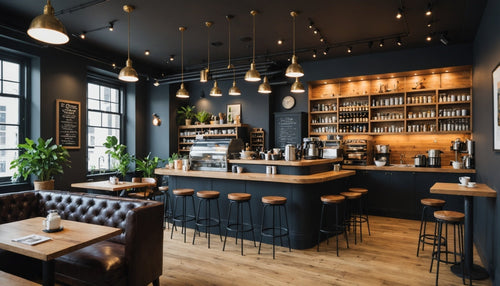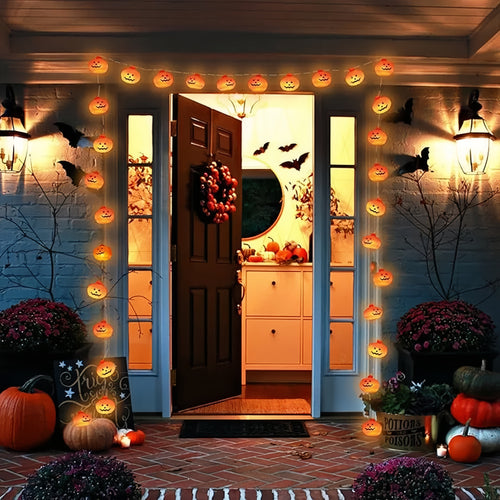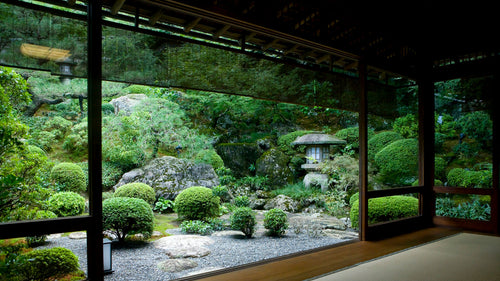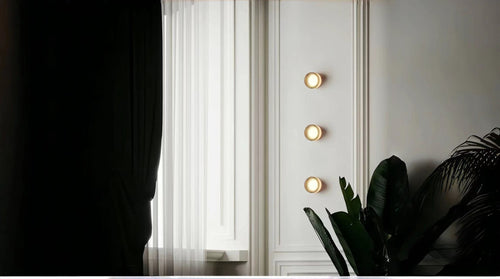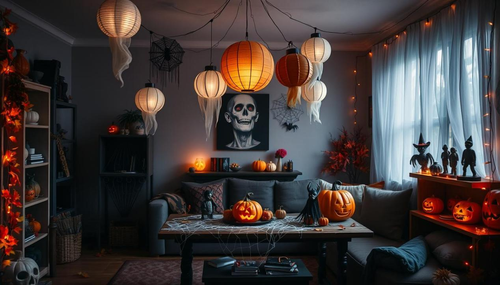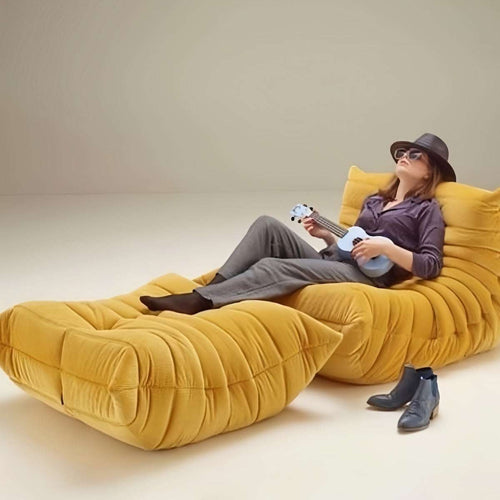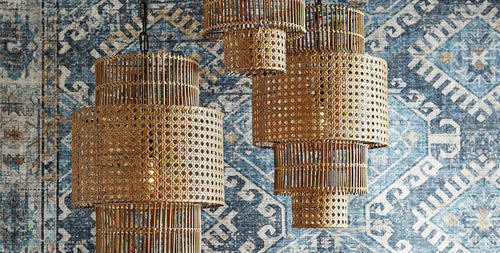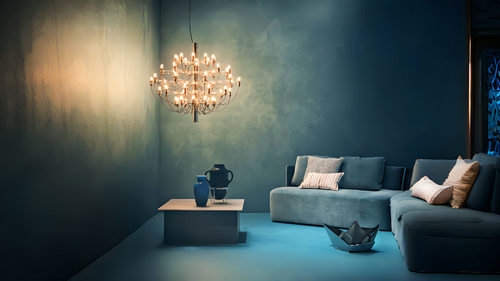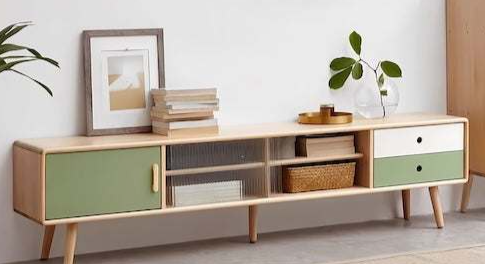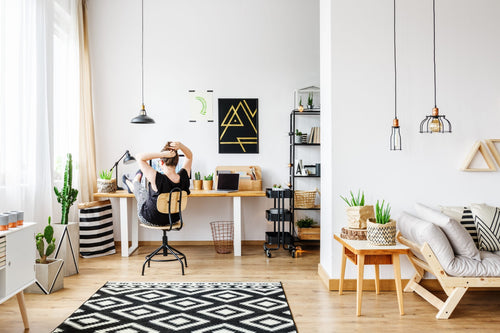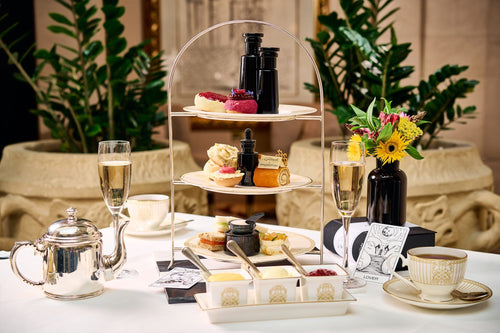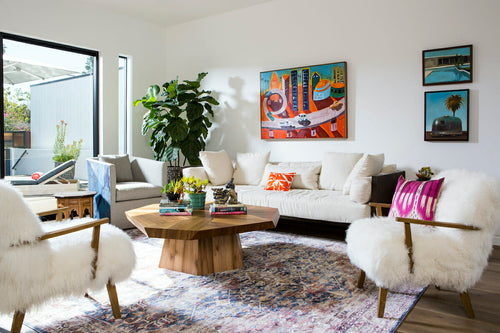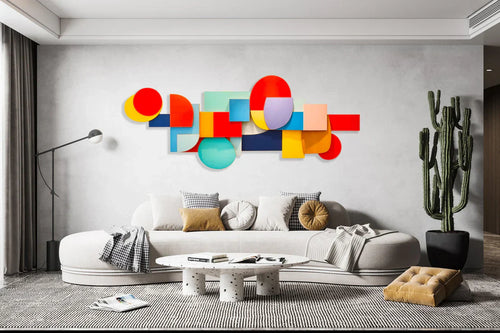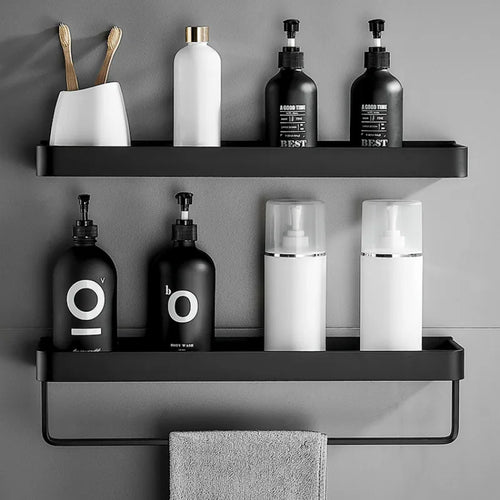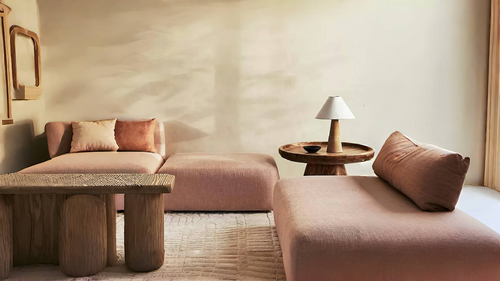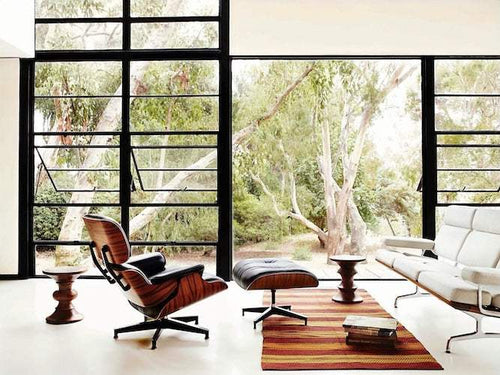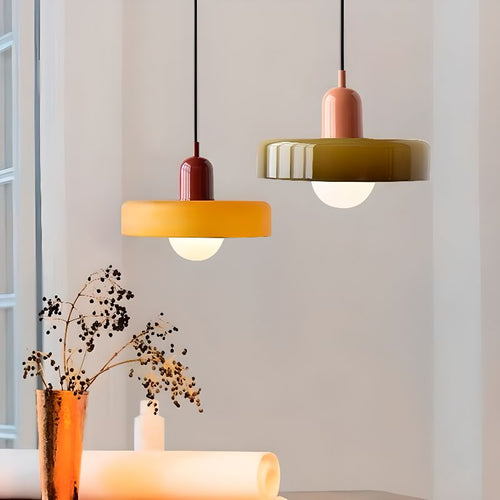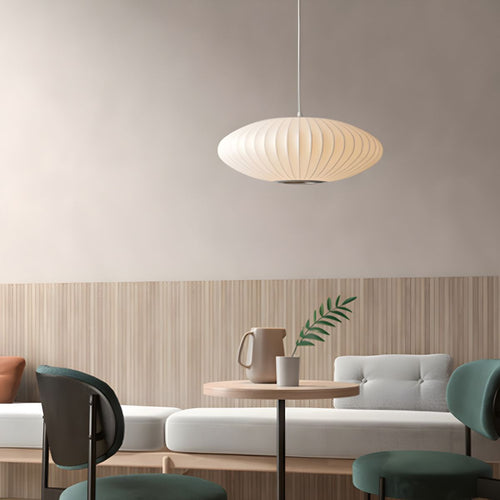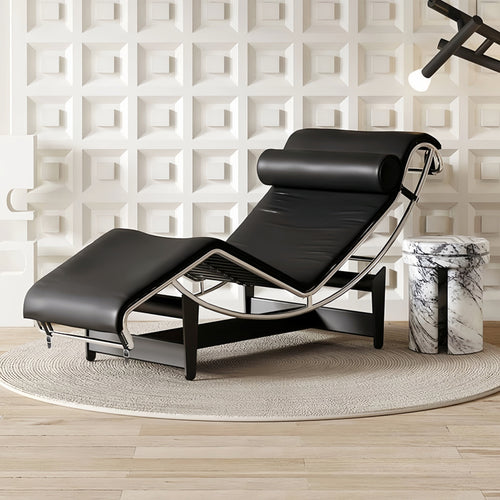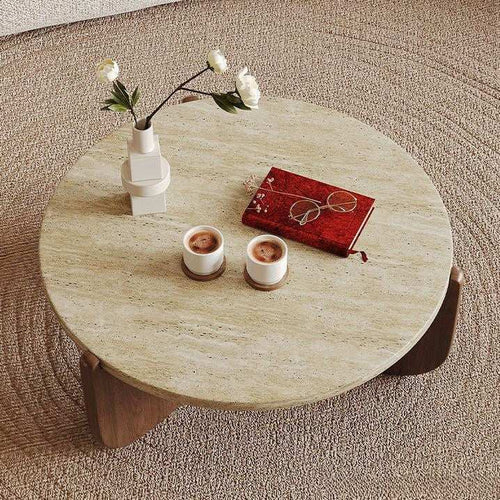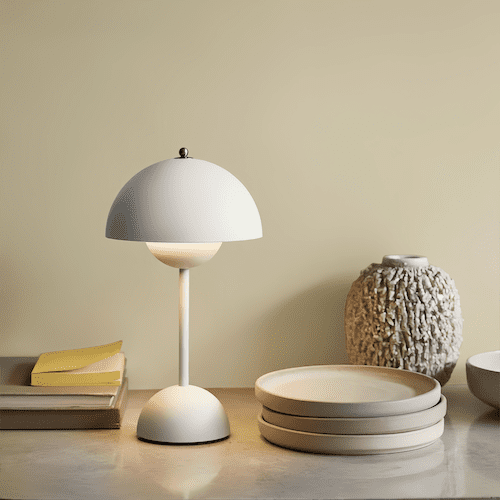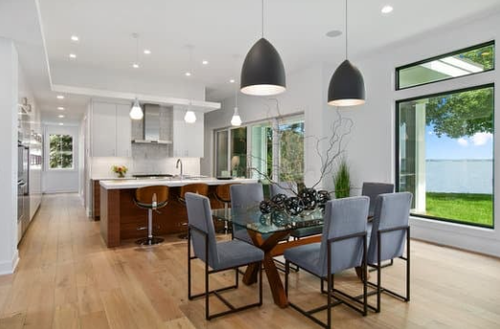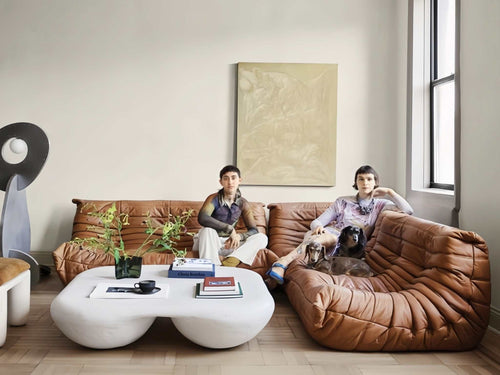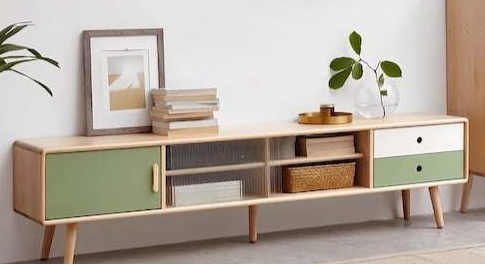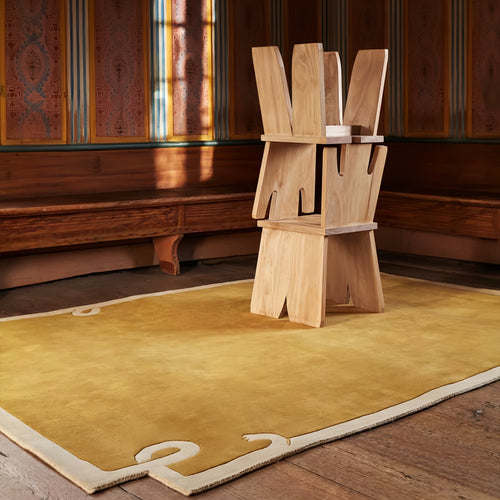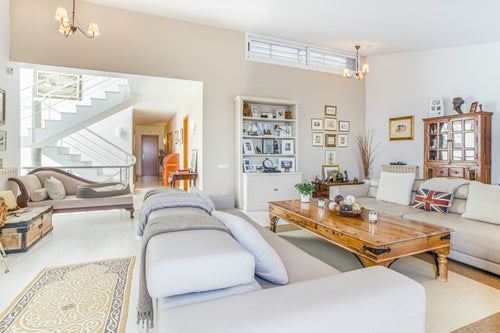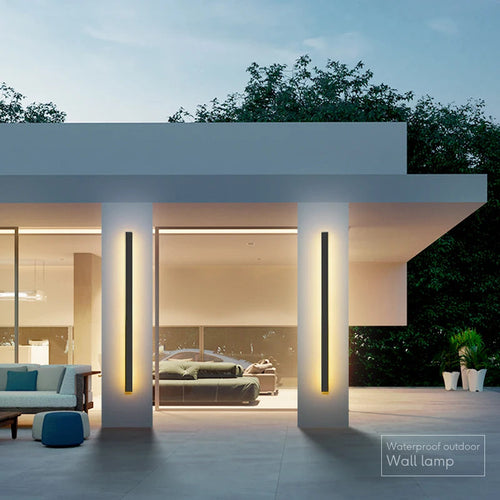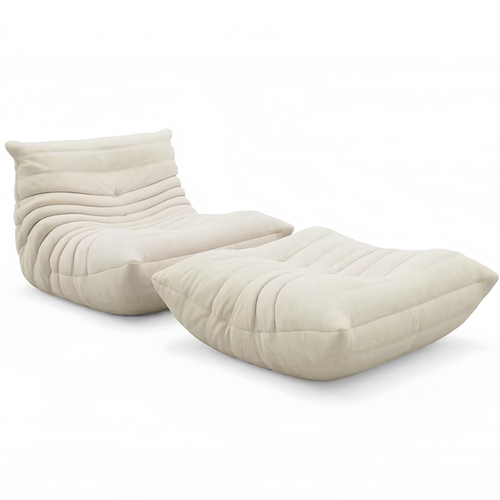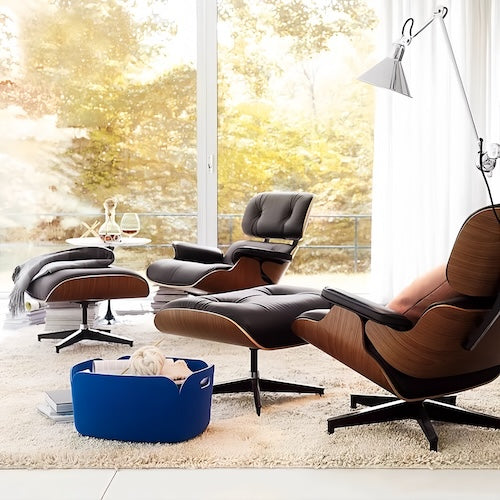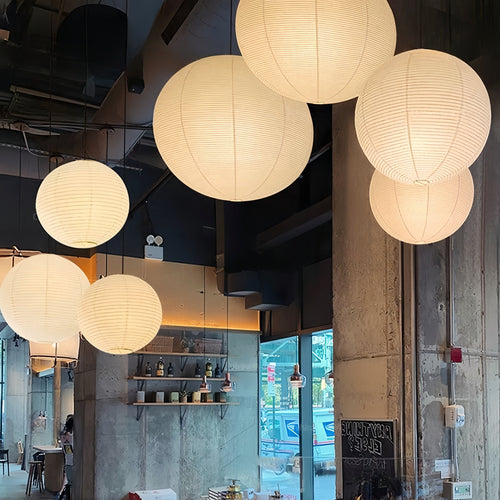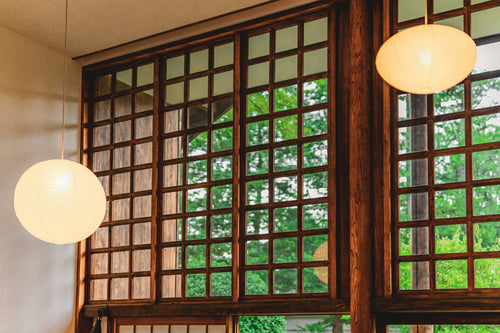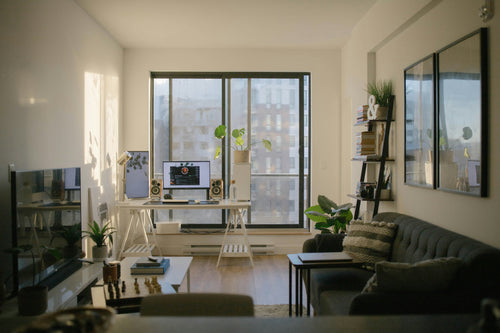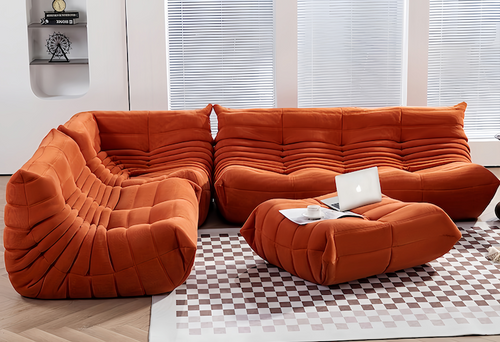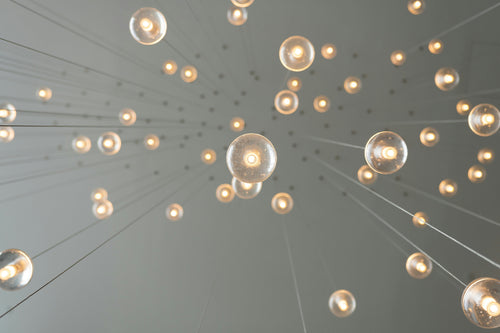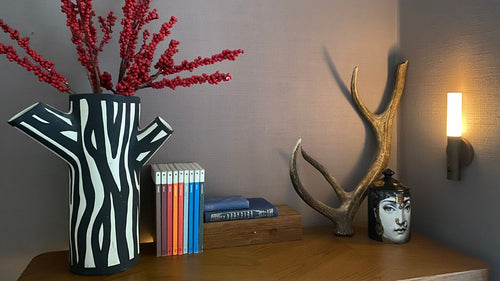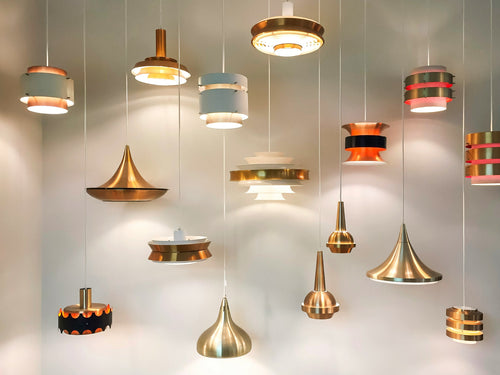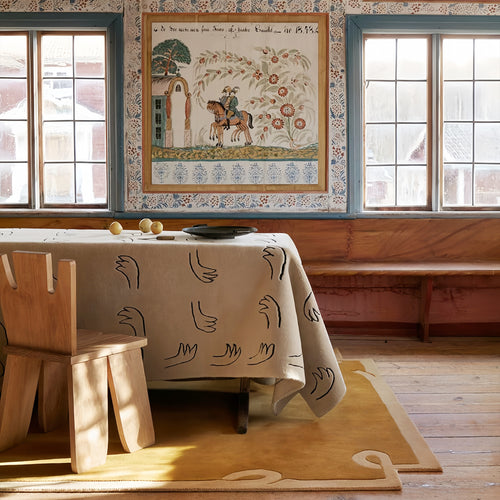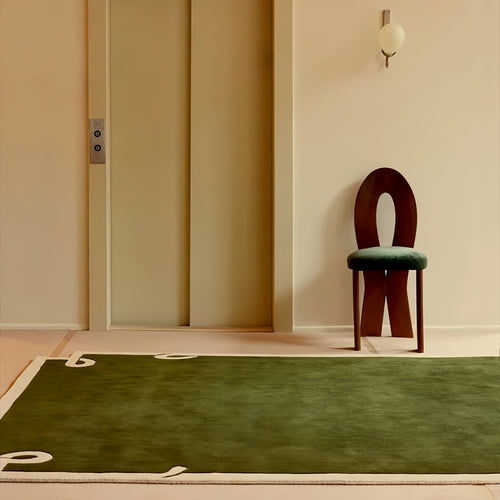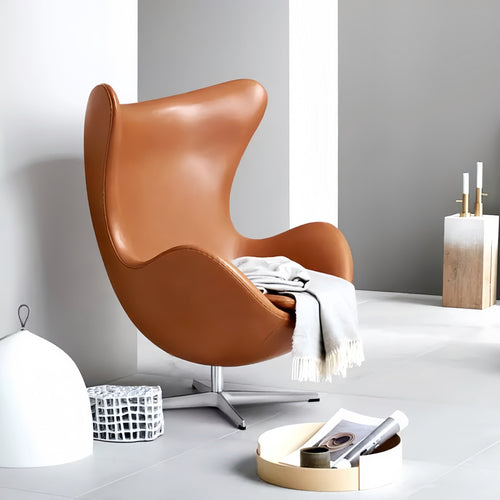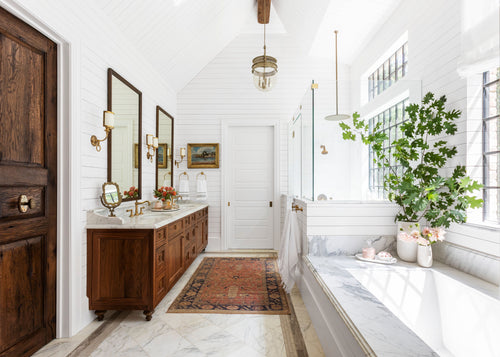Inside this Article:
I. Introduction
Orange light is a compelling and adaptable alternative that can greatly improve the environment of your home. Orange light, known for its warm and inviting hue, is very important in design and psychology. It encourages emotions of comfort and relaxation, making it an excellent choice for a variety of locations within your house. Psychologically, orange light can boost creativity and reduce stress, while physically, it promotes a feeling of warmth and safety. By introducing orange light into your living area, you can create an atmosphere that is not only comfortable but also promotes well-being and positivity.
II. Features of Orange Light
To grasp the strength of orange light, it is necessary to investigate its properties. Orange light has a specific wavelength range in the visible light spectrum, often between 590 and 620 nanometres. This wavelength elicits a wide range of emotional and energetic reactions, most commonly linked with friendliness, excitement, and inventiveness.
When compared to other colours, orange light has a distinct purpose. For example, blue light is recognised for its energising effects, which can be less appropriate in tranquil environments such as beds. In contrast, red light can be strong and overwhelming. Orange light creates a balance, delivering enough warmth and stimulation to create a welcoming environment without being overly harsh.

III. Selecting the Right Orange Light Sources.
Choosing the appropriate sources of orange light for your home is critical to attaining the intended result. One of the most noticeable benefits of utilising orange LED lights is their high efficiency and extended life. Unlike traditional incandescent bulbs, LEDs consume less energy and stay cooler, lowering the risk of fire.
To make existing light sources more customisable, consider utilising orange filters or lampshades. There are several options on the market, ranging from simple orange glass shades to smart bulbs that can be set to emit orange light.
You can incorporate a variety of orange light sources, some of the most popular of which include:
Table lamps provide targeted warmth and comfort for reading spaces.
Pendant lights are ideal for dining spaces, creating an appealing atmosphere.
Wall Lights, such as sconces, can provide a warm glow to corridors and bedrooms.
IV. Uses of Orange Light in Your Home
Living Room
The living room is frequently the centre of the home, and orange lighting can help create a welcoming, calm atmosphere. Using floor or table lamps with orange bulbs or shades can create a friendly atmosphere, making it ideal for parties and leisure.Bedroom
Orange lighting in bedrooms can improve sleep quality and induce calm. Consider utilising warm orange bedroom lamps or dimmers to provide a pleasant glow in the evening. This soothing illumination might communicate to your body that it's time to relax.
Dining Area
Orange lighting may substantially improve the dining experience. Pendant lights or chandeliers in orange can improve the visual appeal of your dinner while also creating a cosy atmosphere that fosters conversation and enjoyment.
Office/Workspace
If you work from home, adding orange light to your workstation might increase creativity and comfort. Desk lamps that emit orange light can alleviate stress and create an inspiring environment without the harshness commonly associated with strong white lights.
V. Tips for Pairing Orange Lights
Consider these partnering tactics to make orange light more effective in your home. Combining orange light with colder colours can create a harmonious atmosphere. Use gentle white or blue light in conjunction with orange to avoid too warm environments during the day.

Choose furniture and decor that complements orange's warmth, such as wood or earth tones. It's also critical to place light sources strategically—layering light with a mix of overhead, task, and accent lighting will create depth and richness in any room.
VI. Real-life Examples
Many homes have effectively incorporated orange lighting into their décor. A contemporary living room, for example, could feature an orange pendant lamp over a neutral sofa, producing a strong focal point that grabs attention while maintaining a relaxing atmosphere.
In a more traditional setting, a bedroom bathed in gentle orange light from bedside lamps can add warmth to the space, making it the ideal place to relax. Case studies demonstrating the transformational effect of orange light can provide inspiration for a variety of decor styles.
VII. Conclusion
To summarise, orange light provides a unique method to improve the environment of your house by instilling feelings of warmth, comfort, and creativity. Its psychological and physiological impacts can improve your living conditions, making them more appealing and enjoyable.I encourage you to experiment with orange lighting in your own house. You can make small modifications to your environment, such as installing orange lamps or employing light bulbs, to create a warm, welcome atmosphere.
If you’re curious about what colors complement orange, check out our blog What Colors go with Orange, where we explore various color schemes that harmonize beautifully with this vibrant hue.





